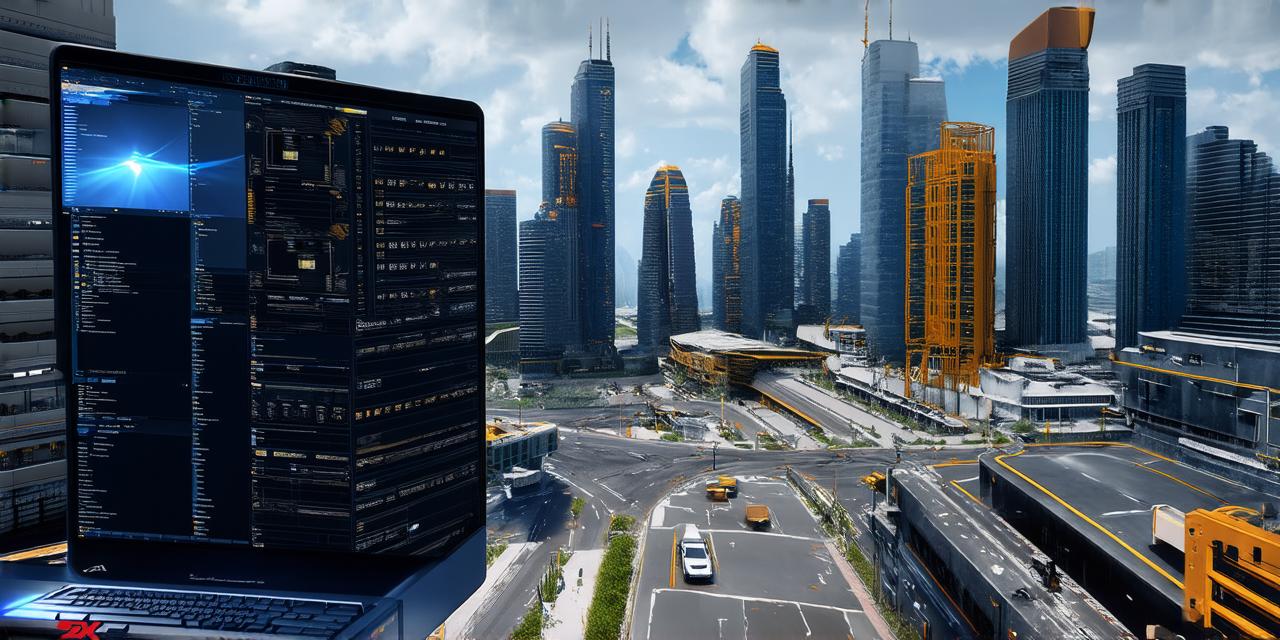If you’re looking to create an immersive experience in Unity, chances are you’ll need to import a 3D environment.
Whether it’s a building, a landscape, or even a futuristic cityscape, Unity offers a wide range of tools and assets that make it easy to bring your 3D creations into the engine. In this guide, we’ll take you through the process of importing a 3D environment into Unity, step by step.
Prerequisites
Before we dive in, it’s important to have some basic knowledge of 3D modeling and exporting, as well as some experience with Unity. You’ll also need access to a 3D model file in one of the supported formats (we’ll cover these later).
Step 1: Prepare Your Model
The first step in importing a 3D environment into Unity is to prepare your model. This means that you’ll need to export it from your 3D modeling software and ensure that it meets the requirements for importing into Unity.
There are a few things you should keep in mind when preparing your model:
- Make sure that your model is properly scaled and oriented. Unity uses a left-handed coordinate system, so your model should be exported with the negative x-axis pointing to the right.
- Check that your model has no unwanted materials or textures attached. You’ll want to import it as a clean, basic mesh without any unnecessary elements.
- Make sure that your model is properly subdivided and that all edges and vertices are smooth and clean. Unity can have trouble with models that have sharp angles or irregular geometry.
Step 2: Import the Model into Unity
Once you’ve prepared your model, it’s time to import it into Unity. To do this, follow these steps:
- Open Unity and create a new project.
- In the Project window, right-click and select “Import Package.”
- Select “Assets” in the left-hand menu, then click on “Import Package.”
- Navigate to the folder where your 3D model file is located and select it.
- Choose the appropriate import settings for your model. For example, you’ll need to select the appropriate mesh filter and renderer components, as well as any other relevant materials or textures.
- Click “Import” to bring your model into Unity.
Step 3: Position and Scale Your Model
Once your model has been imported into Unity, you’ll need to position it in the scene. To do this, use the Transform tool (found under the “Window” menu) to manipulate the position, rotation, and scale of your object.
Here are a few tips for positioning and scaling your model:
- Use the Snap tool to align your object with the grid. This will make it easier to create a consistent, organized scene.
- Don’t forget to adjust the scale of your object to match the scale of your environment. For example, if you’re importing a building, you’ll want to ensure that it fits proportionally into your scene.
Step 4: Add Lighting and Materials
To bring your 3D environment to life, you’ll need to add lighting and materials to your model. Unity offers a wide range of built-in lighting and material options, as well as support for custom shaders and textures.
Here are a few things to keep in mind when adding lighting and materials:
- Use ambient light to set the mood and atmosphere of your scene. This can be adjusted using the “Ambient” slider in the Lighting window.
- Add directional lights to create shadows and highlights on your model. These can be positioned and adjusted using the Transform tool and the Lighting window.
- Use materials to add color and texture to your model. You can use a variety of built-in materials, or create your own using the Material Inspector.
